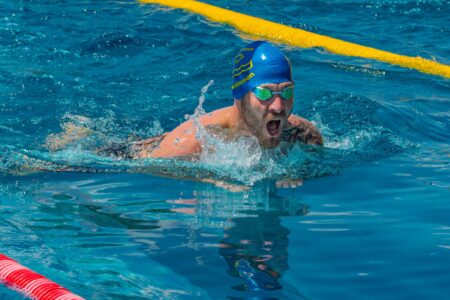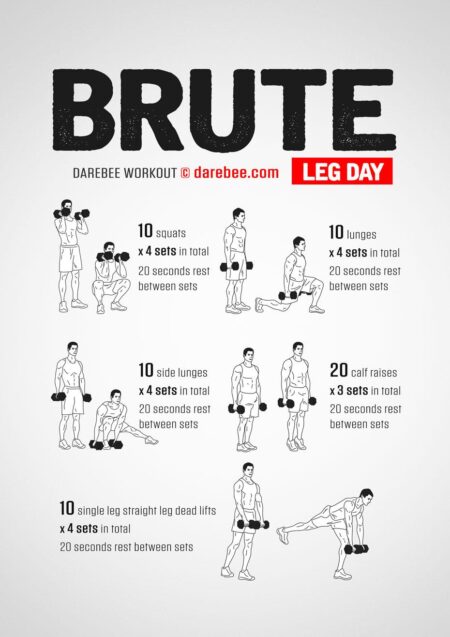Welcome Back! Today, we are going to discuss Butterfly Open Turns and 3 ways to maximize your Open Turns for the better. Let’s get started!
There‚Äôs a lot of talk about the importance of underwaters in Butterfly and Short Course Racing, and for sure ‚Äď they are totally a component of a really fast Butterfly race. But for the purpose of today‚Äôs blog, we are just going to discuss the Open Turn itself and make sure you all know how to completely break it down to its‚Äô steps before building it back up.
3 Steps to a Butterfly Open Turn:1) The Approach

Photo of a swimmer gliding Into a wall
The Approach is CRUCIAL to a great Butterfly Open Turn because it sets up the distance from the wall you want to be. This comes back into a stroke count conversation, which is something I believe you should do for ALL strokes ‚Äď not just Backstroke. I‚Äôm sure we can all agree that jamming your Butterfly Open Turns or gliding into the wall (as you see above) is not the best practice.
For a great Approach, you need to know your stroke count, hit the wall with fully extended arms, keep your head down, and hit with both hands on the wall. Similar to the image below:

Photo of swimmer nailing their approach for an Open Turn2) The Turn
The Turn itself is something I like to describe as a ‚ÄėDrop Back‚Äô situation. The goal for every swimmer is to come in to the wall and out of the wall in a straight line. The black line can be very helpful as I call that the ‚ÄėGPS for swimmers‚Äô to get them to their destination in the shortest amount of distance possible.
To execute a great Open Turn, swimmers must drop the elbow of their non-dominant arm towards their side. The goal of this movement looking like a dumbbell row in the gym. Their elbow is squeezed to the side of their body (so there is no space), before, they start extending that same arm out in front of them (towards the other wall). See image below:

Athlete performing a Bent Over Row
The non-dominant arm is responsible for navigating where a swimmer goes, so wherever that arm points is where they will go on their push off.
After the knees tuck into the chest, swimmers will drop their body back towards the opposing wall and drive the bottoms of the feet into the wall. They will also simultaneously bend their elbow (i.e. shark-fin) of their dominant arm that’s on the wall to leave the wall and go behind their head to find their non-dominant arm to secure a tight streamline.
At this point in an Open Turn after the non-dominant arm has been extended out in front of them and a swimmer‚Äôs feet are firmly on the wall, the position a swimmer is on the wall looks very similar to ‚Äėready position‚Äô. See the video below:
Don’t forget as swimmers drive their knees into the chests, their toes should be pointed. The same argument applies with Open Turns as it does with Flipturns: the smaller the ball, the faster you will flip! Creating a small ball and keeping your body tight is KEY to FAST Butterfly Open Turns!
3) The Push-Off
Once a streamline is secured, it’s time to push off. I always recommend pushing off on your side and then rolling over to your stomach, as you are underwater. I do NOT recommend doing any underwaters until you are fully on your stomach though.
There is one common element normally missed within Butterfly breakouts, so if you‚Äôre interested in taking your Open Turns a step further ‚Äď read this blog.
Otherwise, focus on a really great push from the wall, holding a tight streamline, getting to your stomach, nailing your underwaters ‚Äď to go on your merry way down the pool!
Conclusion:
When I teach Butterfly Open Turns, I always teach it in 3 steps (see the video below):
But, THE BEST Butterfly Open Turns include for a brief moment where none of a swimmer’s body has contact with the wall. This is because the arm that shark fins will leave the wall, as the feet are driving towards the wall. Having no contact with the wall at one point during your Open Turn is critical for fast turns. See image below:

Swimmer showing an Open Turn with their Body Suspended in the Water
Nailing GREAT Butterfly Open Turns does require consistency. These turns have some technical elements to them, but overall ‚Äď you want the turn you‚Äôre doing to be repeatable over and over again. It‚Äôs also important to be able to complete Open Turns on flat walls and low gutters, as in the USA ‚Äď we have flat walls for National competitions. It is important swimmers know how to use whatever wall is available for their meets and not RELY on the wall for leverage.
If you’re looking for more advice on how to best teach and execute GREAT Butterfly Open Turns, be sure to check out our Open Turn Course. Otherwise, we will see you next time!
Sincerely,
Abbie Fish





